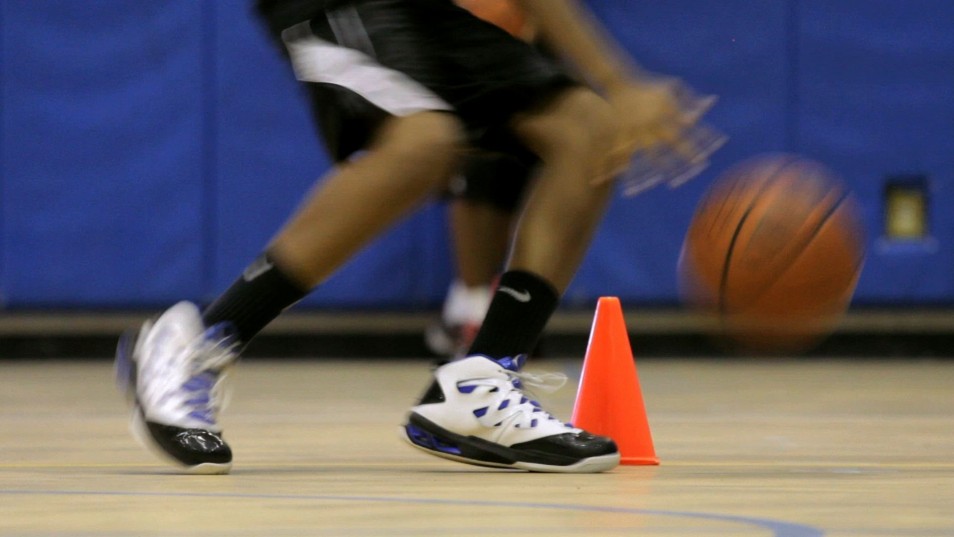Really well articulated delineation by Lee Taft on the “anatomy of a skill versus a drill”…
A SKILL is the area of athleticism or sport performance we want to enhance to improve the greater good of our performance.
We want greater SKILL so we can perform at high levels.
Our intentions as coaches should always be focused on SKILL improvement as we forecast our assessing, correcting, drill selection, and programming in general or specific terms.
A DRILL is a supportive “tool” to bring attention to the areas of improvement within a SKILL.
If we lose our focus with this distinction we choose drills through a random selection process that misses our overall goal of SKILL improvement.
A DRILL shouldn’t stand on it own, and should always be a conduit to SKILL improvement.

From Drill Selection To Practice Planning
Coaches face a daily battle when planning a practice. The toughest choice: how to ‘spend’ limited practice time. Where to focus your energy, and how to ensure that your intentions match up with the actual results.
This challenge is not new.
Peps Mccrea, in his book Lean Lesson Planning, drops this nugget:
“[Practice] planning, like architecture, is an exercise in design.”
A coach, being a good teacher, is engineering or designing learning outcomes . In order to do so effectively, there also needs to be a continuity (or cohesion) between how you string together drills/activities into a practice plan—especially in a team practice.
Step by step, each layer needs to connect to the others. (I’m not suggesting that practices should always unfold linearly; just that the concepts, drill organization, cues, progressions and teaching points should be complimentary.)
Some of the hallmarks of effective practice planning include:
- Balancing the needs of the team with the development of the individual players; integrating not just how to do something but whether, when, why, and who it’s being done for.
- Having your practice ‘read like a book‘ (or flow intuitively—to the athlete!)
- Being efficient in the use of time (e.g. quick transitions, short explanations, high athlete engagement / time on task, using ‘energy systems to determine basketball systems’, etc).
Start With The End In Mind
What I’ve observed is that effective coaches have taken the time to create a clear picture of the outcome – both for the season (big picture) and for any given day/week (little picture).
They start with the end in mind: Who are my athletes? What do I want them to have learned by the end? How will I know when they’re there?
They invest more time in clarifying outcomes + process than selecting drills. This approach is one of the subtle – yet significant – differences between the novice and the master coach.
/sef.
#thankthepasser: You can get more from Lee Taft here, here, and here.